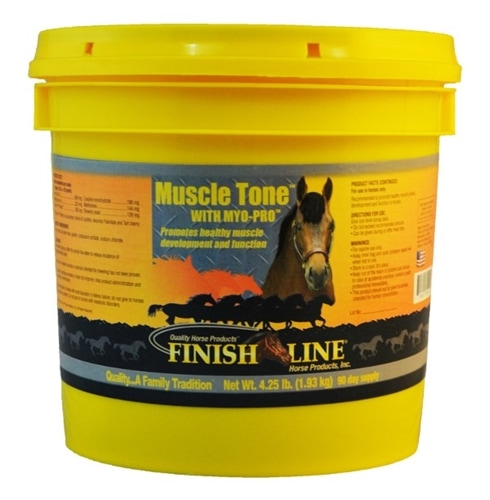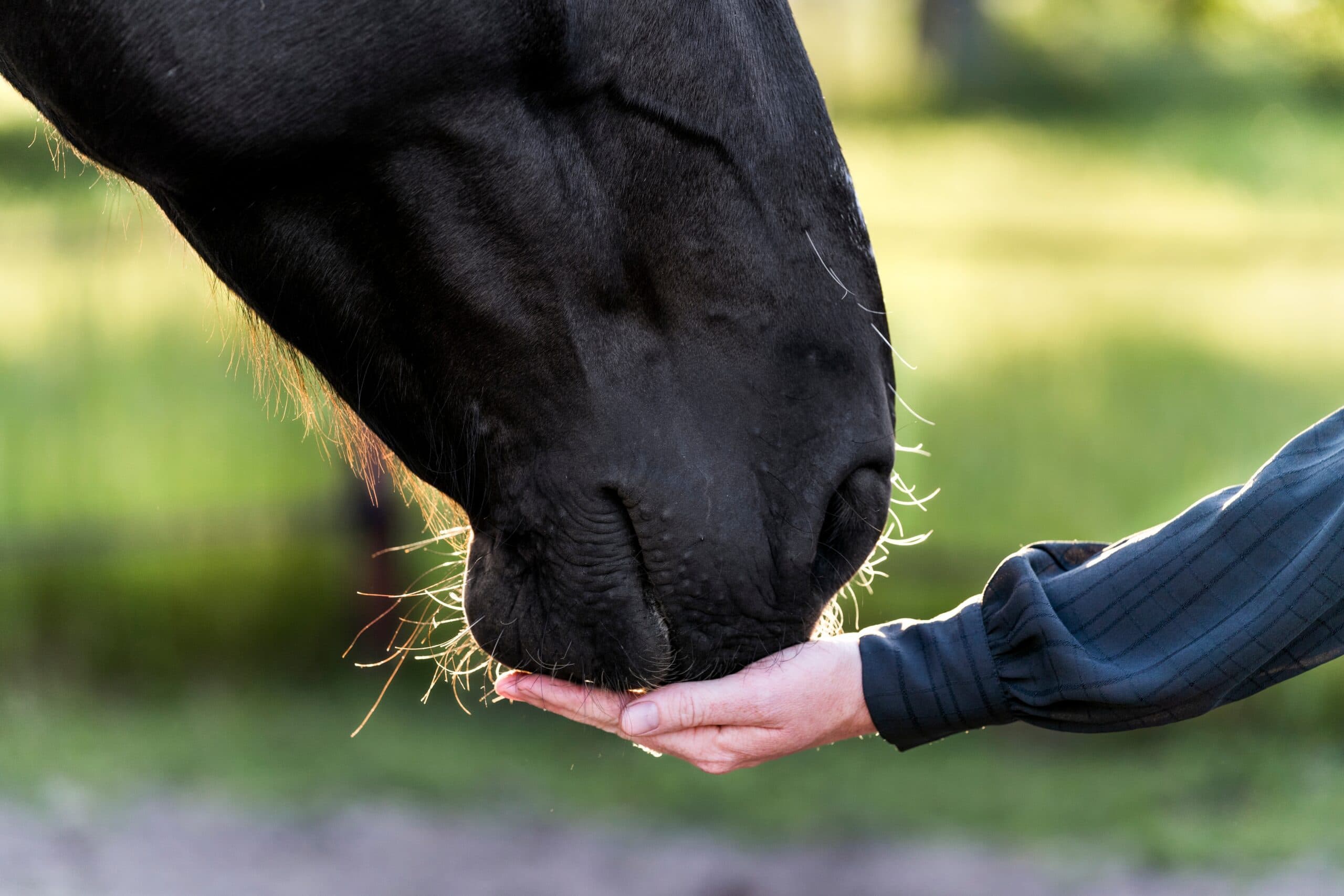The muscular system of the horse is the foundation of its performance capabilities. It’s an intricate network, and supporting muscle tone and strength within a horse can help with everything from improving endurance to avoiding injury. However, when it comes to how to promote healthy muscle tone, trainers may not be aware of all the specific needs skeletal muscles require to improve strength. This relies on multiple factors, ranging from what types of exercises your horse is performing to ensuring that you’re providing the right kinds of horse supplements. Here’s a quick guide for any trainer or owner looking to improving their horse’s muscle tone and strength:
Strength-training exercises
Your animal doesn’t need to be a racehorse to receive the muscle-toning benefits of strength-training exercises. Whether it’s switching up the terrain you normally train on or slightly increasing the intensity of the workout over time, practicing efficient strength-training exercises is the basis for improving overall muscle tone and strength. There are many workouts your horse can perform that will eventually equate to performance enhancing results, and most of them are easier than expected.
Walking uphill
For starters, you’ll want to consider what type of terrain your horse is riding on. If the land you ride your horse on is mostly smooth and level, odds are that your animal is not getting the most out of riding sessions when it comes to strength training. Find a good hill or path that’s on an incline, and slowly ease your horse into walks along this uphill terrain. Your horse will have to summon more muscle strength when walking up a slope, and if you continue to gradually increase the time spent trotting up hills, your horse’s muscle tone can progress and strengthen.
Sand sessions
Sand is another great terrain to walk your horse on. Taking your horse for a trot or walk through sandy areas will require it to utilize more of its lower-body muscles. The soft and absorbing surface of the sand is also beneficial because it cushions the legs with each step, allowing for an extremely low-impact workout. It doesn’t take much sand to serve as an adequate exercise area. A sandy beach or strip that’s roughly 5 inches deep or less is enough to allow for a slightly more intense riding session, and spending between 15 and 20 minutes walking through the sand is an ideal amount of time.
Lengthen trotting sessions
When trying to improve the muscular strength of your horse, training sessions might have to go a tad longer than usual. Whenever you’re working on trotting or walking transitions, don’t immediately move from a trotting pace into a steady, slower walking speed. Instead, throw in a few quick sprinting intervals in between trotting and walking, which will help work the horse’s overall range of motion and increase its agility. The stop-go transitions will give the muscles a more intense workout, and as you slowly increase the length of these sprinting intervals, your horse’s muscle tone can become more defined.
Horse supplements
Of course, arguably one of the easiest and healthiest ways to help increase the muscle strength and tone of your horse is to supply it with the right horse supplements for the job. One of the best products on the market is Muscle Tone™, featuring healthy ingredients such as rice bran oil, wheat germ oil and creatine monohydrate, all blending together as a nutritious formula for stimulating healthy muscle development and function in horses.
Another quality product that’s sure to help enhance muscle tone and endurance is JC’s X-Tie Up™. This horse supplement is packaged in a easy-to-use syringe, and contains a healthy blend of vitamins specifically designed to help your horse support its muscle quality and endurance. JC’s X-Tie Up™ is comprised of beneficial ingredients, and your satisfaction is guaranteed.
A healthy combination of horse supplements and strength-training exercises can do wonders for supporting muscle health in your horse, but always make sure to check with your veterinarian for effective workout recommendations so you won’t overtrain your horse.








